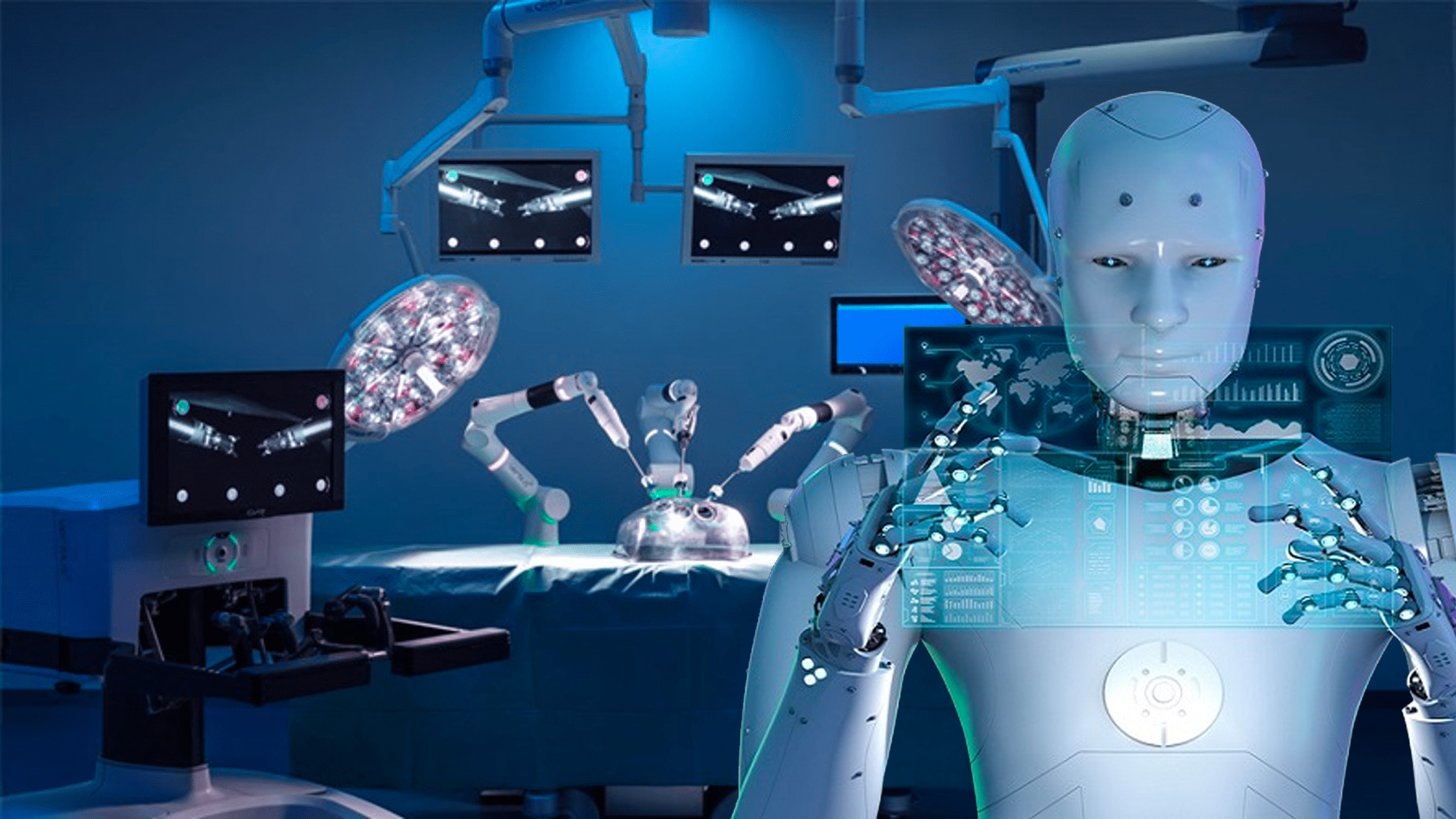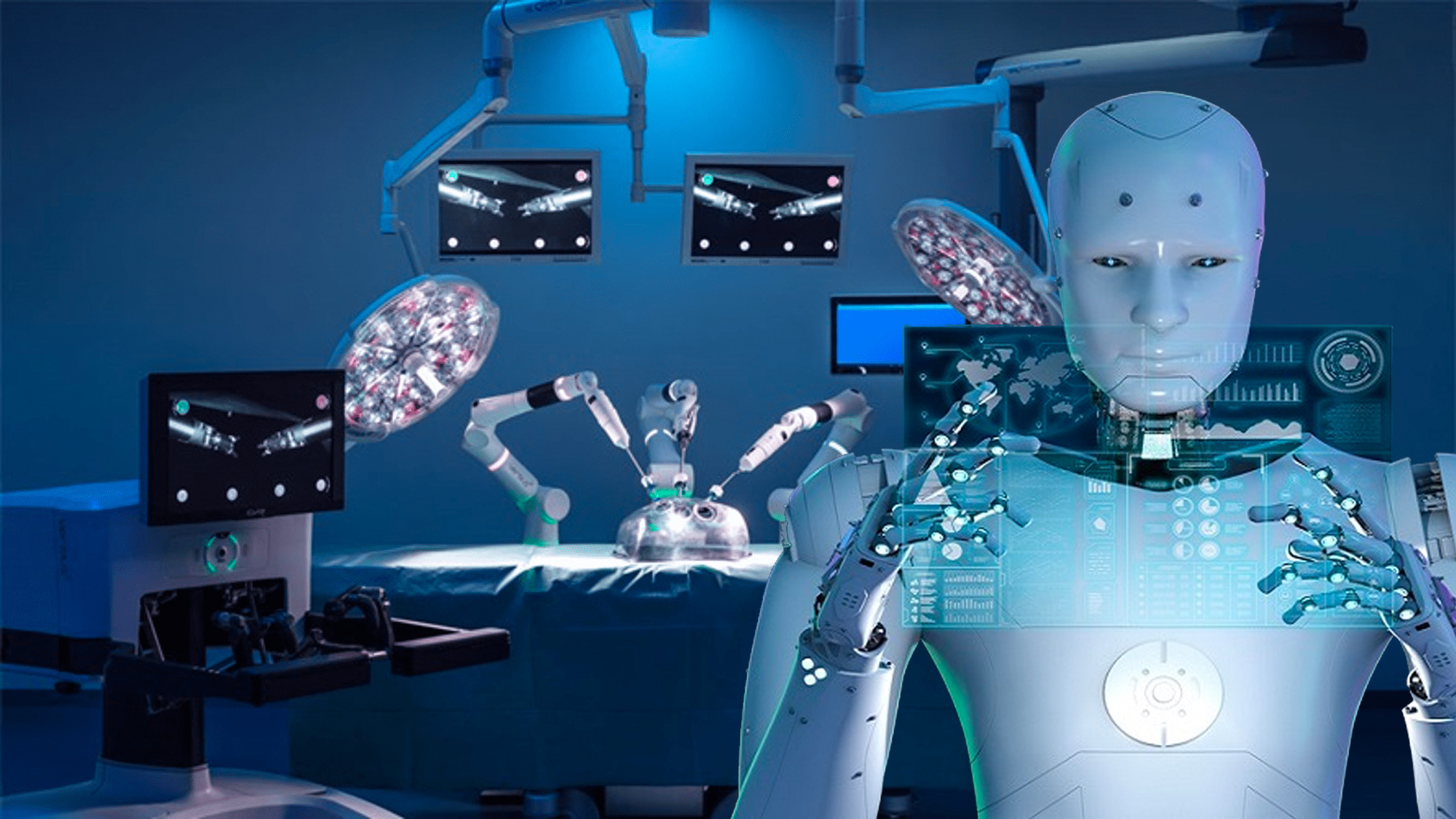The field of surgical robotics is rapidly evolving. Multiple robots on the market, promise improved patient outcomes. But, what these robots do is very different from what people think they do. If you ask any non-surgeon about what a surgical robot does, you are likely to hear that a surgical robot is simply a robotic surgeon. But this is far from true. Despite the futuristic appeal some robotic advertising campaigns might have, surgical robots do little more than assisting surgeons to perform a task in a more precise and sometimes less invasive way.

At this stage what robots do is very limited. In certain areas such as general and urologic surgery, robots such as the DaVinci Robotic system allow surgeons to access areas that are usually very difficult to access through smaller incisions. In spine surgery, robots such as Medtronic’s Mazor and Globus’s Exelcius GPS allow surgeons to precisely place screws in specific parts of the spine.
I am designing this series with biomedical engineers specifically in mind. In general, biomedical engineers lack the depth of knowledge of their electrical or mechanical counterparts, but they have a breadth of knowledge that allows them to put together technologies capable of helping in a medical setting.
To introduce you to medical robotics, I will show you how to build a spine surgery robotic system. Along the way, I will help you understand some key concepts pertaining to biomedical imaging, registration, robotics, and AI in medicine. I will attempt to build everything with simple and cheap equipment. Of course, larger and more precise pieces of equipment are necessary to allow for clinically applicable products.
Prerequisites
In order to follow along you need a basic understanding of Python. As well as a basic understanding of linear algebra. The Math might get a little bi complicated as we get into kinematics but I will keep the explanation as easy as possible.
Plan
I will split this project into several module. Each will help you understand a new concept pertaining to medical robotics and build a new part of the robot. Below is a tentative plan of the modules that I will update as I write more of the lessons
Module 1: Defining the problem
Module 2: DICOM Imaging. Understanding the workspace
Module 3: Robots Building the model
Module 4: Forward Kinematics
Module 5: Planning
Module 6: User Interface
